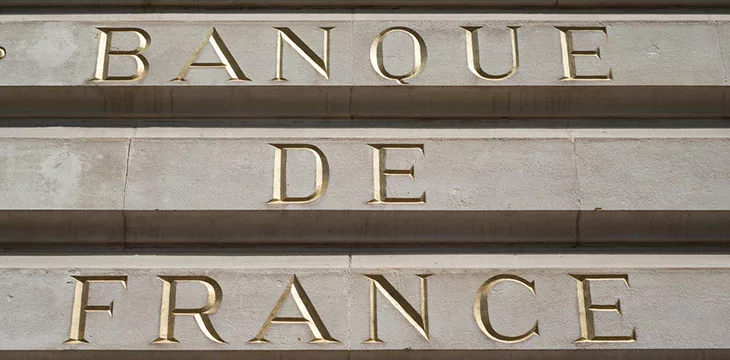|
Getting your Trinity Audio player ready...
|
Two years after its first report, the Banque de France has published a follow-up report from its wholesale central bank digital currency (CBDC) pilots.
In its report, the French banking regulator noted that its 12 wholesale CBDC pilots indicated “operational feasibility and practical implementation.” The Banque de France reported that wholesale CBDCs offered several use cases, including cross-border payments and securities settlements.
“These twelve experiments, which were all carried out successfully with our partners, central banks and commercial banks, in a public-private partnership, have provided us with the assurance that central bank money can be provided in a tokenized form to settle tokenized assets and improve cross-border payments,” the report read.
To successfully launch wholesale CBDCs, the Banque de France offered three models for their issuance, the first being an interoperability model. Under this model, tokenized assets do not need to leave their native distributed ledger to change ownership.
The second model proposed by the French central bank is an integration model involving the European Central Bank (ECB), allowing both CBDCs and tokenized securities to exist on the same ledger. The third—a distribution model— operates as a hybrid of the interoperability and integration models offering the perks of each system.
The Banque de France will prioritize interoperability over other models as it sees the creation of ramps between blockchain technology and conventional systems. However, the central bank argues that in the quest for wholesale CBDCs, central banks should remain “technologically neutral” and push to adopt uniform standards.
Cross-border settlements sit at the top of Banque de France’s objectives, with the central bank’s research complementing the innovations of the International Monetary Fund (IMF) and the Bank for International Settlements (BIS).
The BIS unveiled plans for a Unified Ledger to support cross-border settlements in June, while the IMF shared the blueprint for the XC, a single ledger payment platform for international remittances via digital representations of CBDCs.
“To make a payment, participating banks would deposit their domestic central bank reserves in an escrow account controlled by the platform operator, and in return obtain a digital version to trade on the platform,” IMF’s Financial Counsellor Tobias Adrian said.
Deposit tokens pique the interest of regulators
Meanwhile, a coalition of banks in Switzerland and Germany have begun exploring the usability of deposit tokens for interbank settlements using a blockchain framework.
Despite the growing interest in the offering, the Deutsche Bundesbank expressed doubt over the reliance on blockchain in financial markets. In its monthly report, the German central bank noted that existing legislation did not clarify whether tokenized deposits would be seen as traditional deposits.
The central bank pointed out that although blockchain systems reach maturity, the financial system may be slow in adapting to the new changes given its inherent “high level of inertia.”
To learn more about central bank digital currencies and some of the design decisions that need to be considered when creating and launching it, read nChain’s CBDC playbook.
Watch: Blockchain provides perfect foundation for CBDC

 12-28-2025
12-28-2025 




